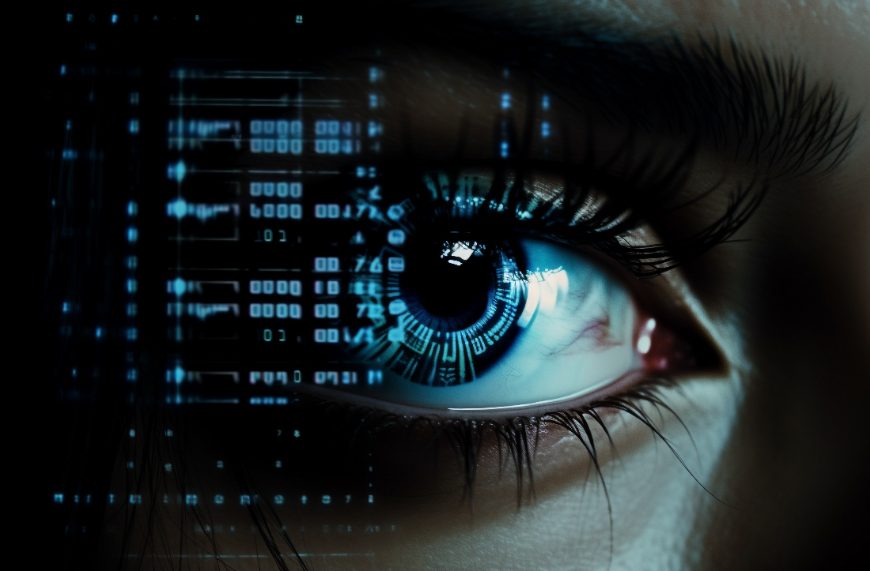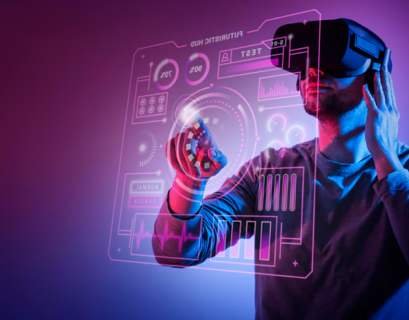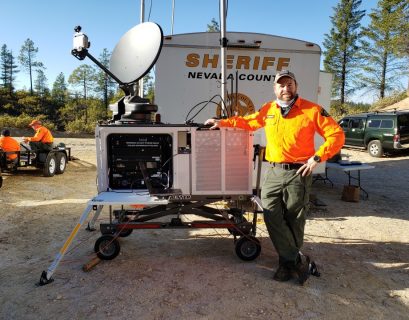Introduction to Computer Vision and Robotics
The world of technology is constantly evolving, and at the forefront of this revolution are two powerhouse fields: computer vision and robotics. Imagine machines that can see, interpret, and interact with their environment just like humans do. This synergy between sight and action is not just a concept from science fiction; it’s becoming our reality.
Robotic systems equipped with advanced vision capabilities are transforming industries ranging from manufacturing to healthcare. These innovations promise increased efficiency, precision, and even safety in various operations. As we delve deeper into how these technologies intersect, it’s clear that they hold the key to unlocking automation’s full potential. Let’s explore how computer vision services enhance robotic functions while also examining the challenges that lie ahead on this exciting journey toward intelligent automation.
How Computer Vision Enhances Robotic Automation
Computer vision is revolutionizing robotic automation. By enabling machines to interpret and understand visual data, it opens up a world of possibilities.
Robots equipped with computer vision can identify objects, navigate environments, and execute tasks with remarkable precision. They no longer operate blindly; they see the world as we do. This capability enhances their efficiency in industries like manufacturing and logistics.
Consider automated warehouse systems. Robots can scan shelves, recognize products, and even adjust their movements based on real-time conditions. This adaptability leads to smoother operations.
In addition, safety improves significantly when robots can detect obstacles or potential hazards autonomously. The ability to respond quickly reduces the risk of accidents in busy workspaces.
Moreover, integrating machine learning allows these robots to learn from experience. As they process more images over time, their performance continuously gets better—creating smarter systems that adapt seamlessly to new challenges.
Advancements in Computer Vision Technology for Robotics
Recent breakthroughs in computer vision technology are transforming robotics. Algorithms are becoming more sophisticated, allowing machines to understand and interpret visual data with remarkable accuracy.
Deep learning techniques enable robots to recognize objects in real-time. This capability is crucial for applications ranging from manufacturing to autonomous vehicles. The integration of neural networks has also improved the way robots navigate complex environments.
Moreover, advancements in camera technologies have enhanced image quality and processing speed. High-resolution sensors provide clearer visuals, enabling better decision-making on the fly.
3D vision systems add another layer of depth perception, allowing robots to interact more effectively with their surroundings. With these innovations, we’re witnessing a new era of intelligent automation where machines can learn from experience and adapt accordingly.
Challenges and Limitations
The integration of computer vision with robotics is not without its hurdles. One significant challenge lies in the variability of real-world environments. Robots must navigate diverse settings, each presenting unique obstacles that can confuse visual systems.
Another concern is the processing power required for complex algorithms. High-resolution image analysis demands robust hardware, which can be cost-prohibitive for many applications. This limits accessibility for smaller companies and startups.
Moreover, data privacy issues arise when robots utilize cameras in public spaces. Ensuring compliance with regulations while maintaining functionality poses a dilemma for developers.
Additionally, training models to recognize objects accurately requires vast amounts of labeled data—something not always readily available. Misinterpretation or bias in this data can lead to errors in robotic actions.
Safety remains paramount; unexpected behavior due to misjudgments could pose risks to both humans and machines alike.
Future Possibilities and Potential Impact
The future of computer vision and robotics is brimming with exciting potential. As these technologies converge, we can expect a new era of automation that redefines industries.
Imagine robots equipped with advanced vision systems recognizing intricate patterns in real-time. This capability could revolutionize manufacturing, allowing for seamless quality control and error detection on assembly lines.
Healthcare stands to gain immensely too. Robots that can interpret medical imagery will enhance diagnostic accuracy, enabling faster responses to patient needs.
Moreover, the expansion into everyday life seems inevitable. Smart home devices might evolve into intuitive assistants capable of understanding their environments and responding accordingly.
Society may also witness enhanced safety measures through autonomous vehicles navigating complex urban landscapes by interpreting visual cues effectively. The possibilities stretch across various sectors, hinting at transformative changes waiting just around the corner as technology continues its rapid evolution.
Conclusion
The synergy between computer vision and robotics is undeniably powerful. As technology continues to evolve, these disciplines are forging paths toward unprecedented automation capabilities. The integration of advanced visual perception into robotic systems opens doors to a multitude of applications—from industrial operations to healthcare.
While challenges remain, such as improving accuracy in diverse environments and overcoming the limitations of current algorithms, the future looks bright. Emerging technologies promise enhancements that will push boundaries even further.
As we stand on the brink of this revolution, it’s clear that combining computer vision with robotics holds tremendous potential for transforming industries and everyday life alike. Embracing this intersection may well lead us into an era where intelligent machines seamlessly assist humans in ways we have yet to imagine.













